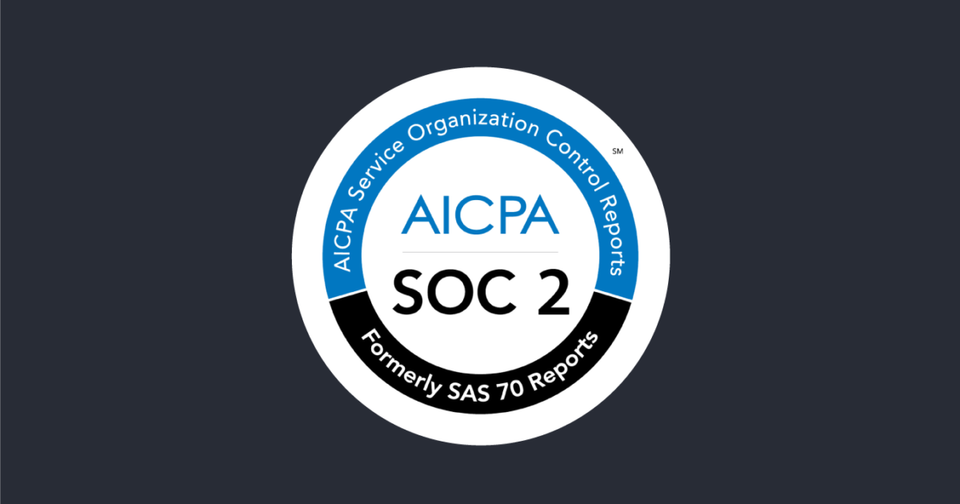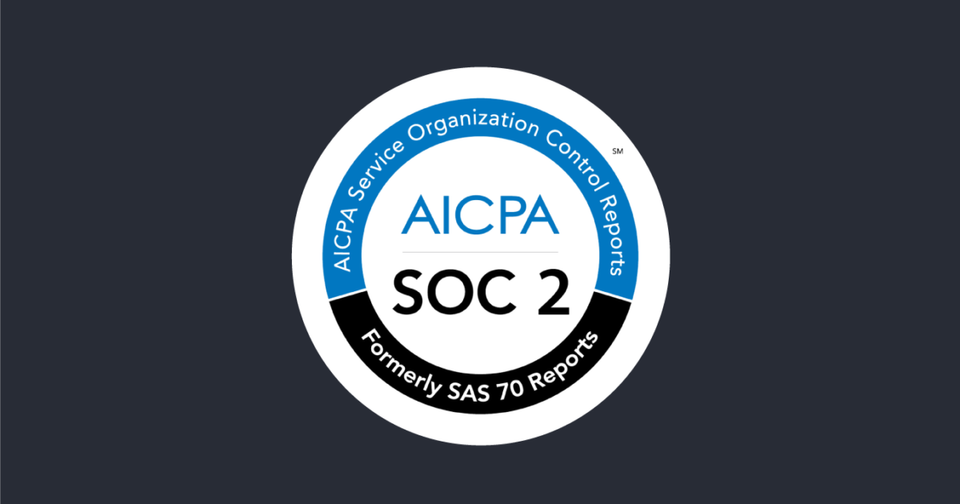Configure SELinux - Part 3

Ensure SELinux policy is configured
Overview:
Configure SELinux to meet or exceed the default targeted policy, which constrains daemons and system software only.
Why:
Security configuration requirements vary from site to site. Some sites may mandate a policy that is stricter than the default policy, which is perfectly acceptable. This item is intended to ensure that at least the default recommendations are met.
Audit:
Run the following commands and ensure output matches “default” or “mls”:
# grep SELINUXTYPE= /etc/selinux/config SELINUXTYPE=default # sestatus Policy from config file: default
Fix:
Edit the /etc/selinux/config file to set the SELINUXTYPE parameter:
SELINUXTYPE=default
Ensure no unconfined daemons exist
Overview:
Daemons that are not defined in SELinux policy will inherit the security context of their parent process.
Why:
Since daemons are launched and descend from the init process, they will inherit the security context label initrc_t. This could cause the unintended consequence of giving the process more permission than it requires.
Audit:
Run the following command and verify not output is produced:
ps -eZ | egrep "initrc" | egrep -vw "tr|ps|egrep|bash|awk" | tr ':' ' ' | awk '{ print $NF }'
Fix:
Investigate any unconfined daemons found during the audit action. They may need to have an existing security context assigned to them or a policy built for them.



